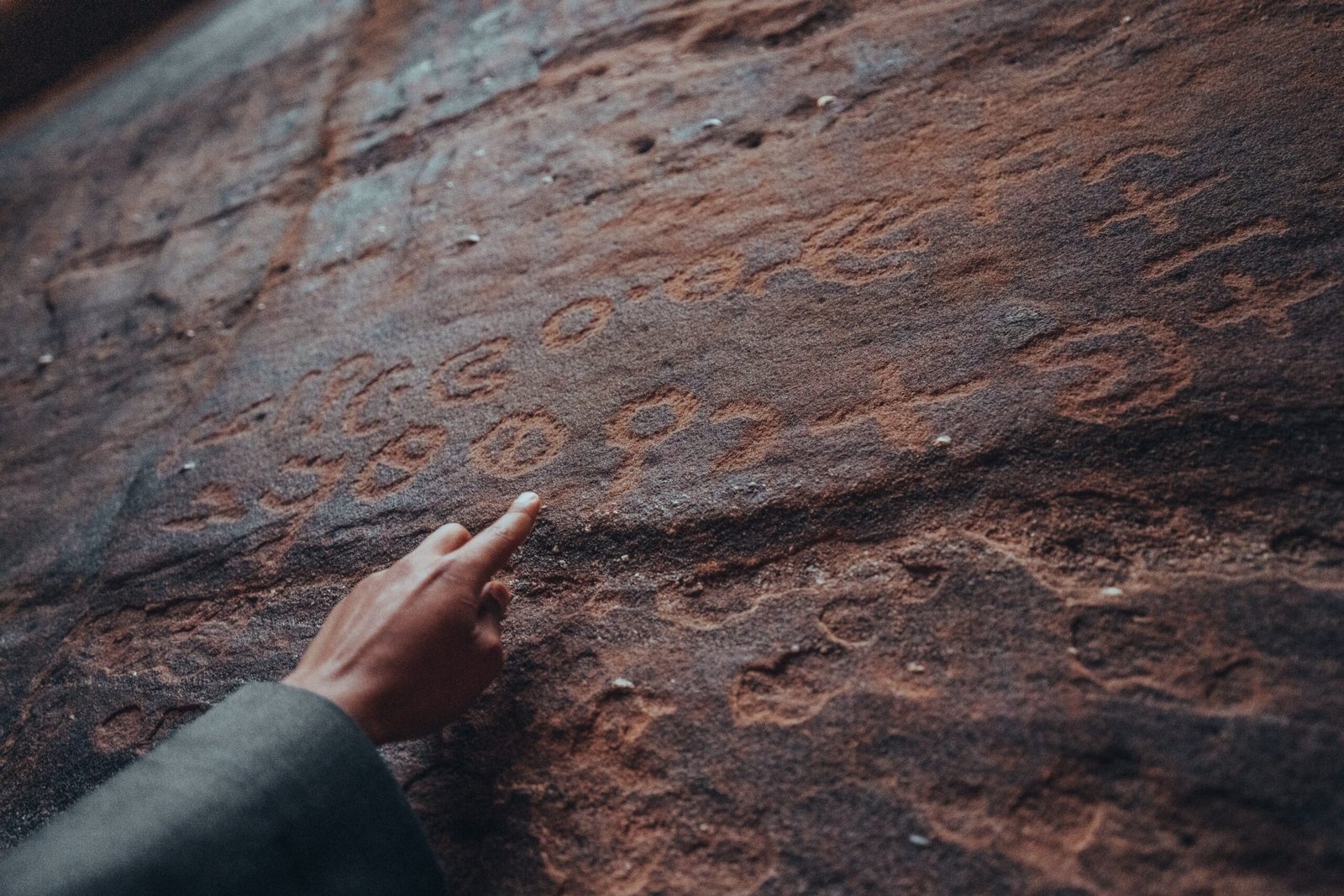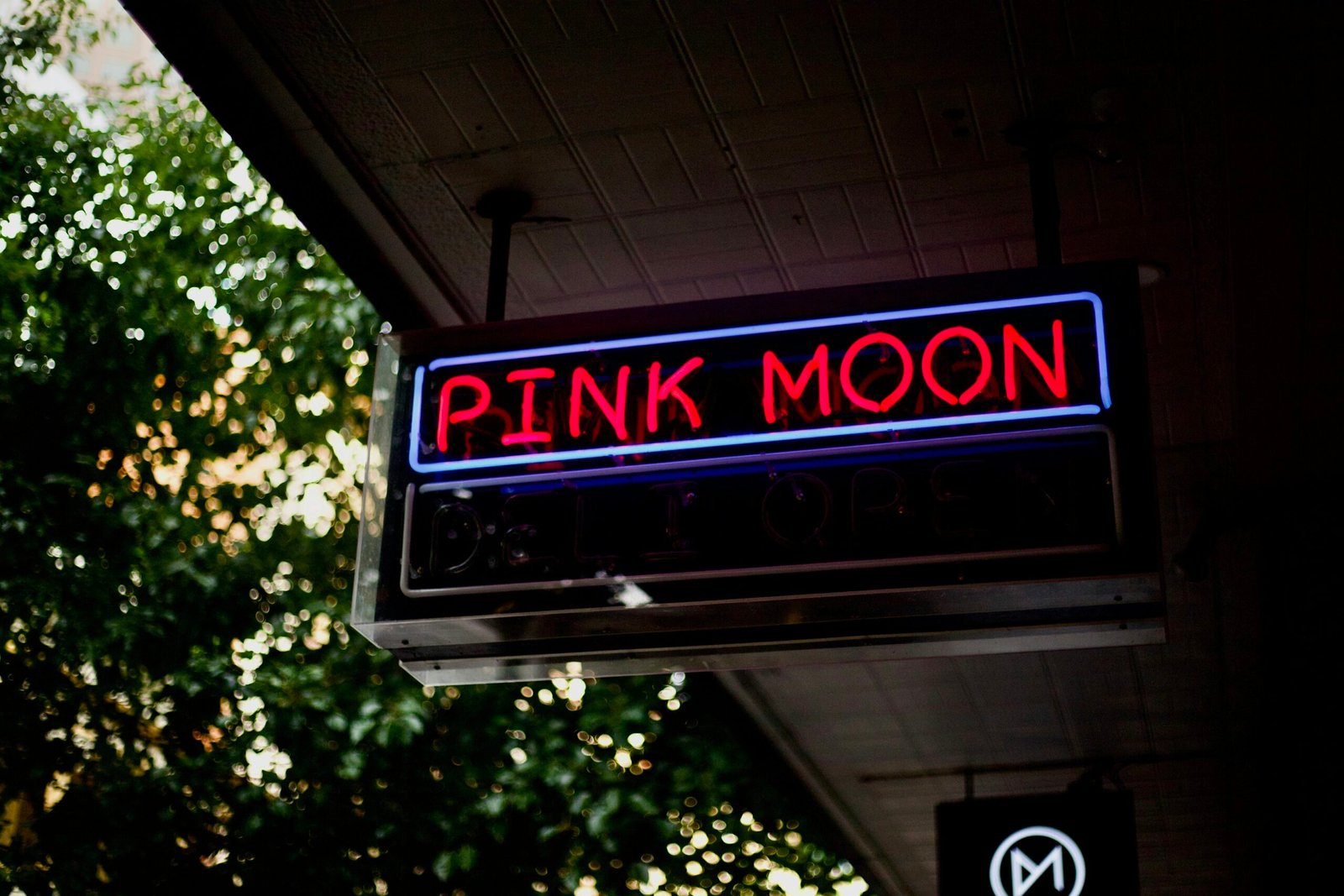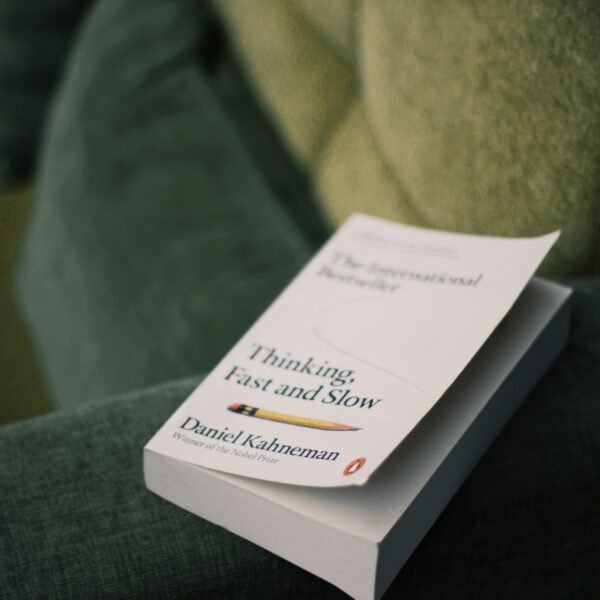Get ready to embark on a captivating journey through art history as you step foot into the Metropolitan Museum of Art in New York. Brace yourself for the groundbreaking exhibition, “Africa & Byzantium,” which challenges traditional notions of art history and shines a spotlight on the often overlooked influence of North Africa on Byzantine culture. Prepare to be mesmerized by the rare and beautiful objects on display, ranging from painted books and textiles to intricate mosaics. This one-of-a-kind exhibition not only explores the connections between Africa, Asia, and Europe in the development of Byzantine art, but also raises thought-provoking questions about the depiction of race and religious identity in ancient art. As you wander through the exhibition, discover early Christian icons from North Africa, some of which are among the oldest known examples. By pushing the boundaries of what we thought we knew, this eye-opening exhibition aims to expand our understanding of art history and dispel myths surrounding Africa’s cultural contributions. So, are you ready to embark on this captivating journey of rediscovery?
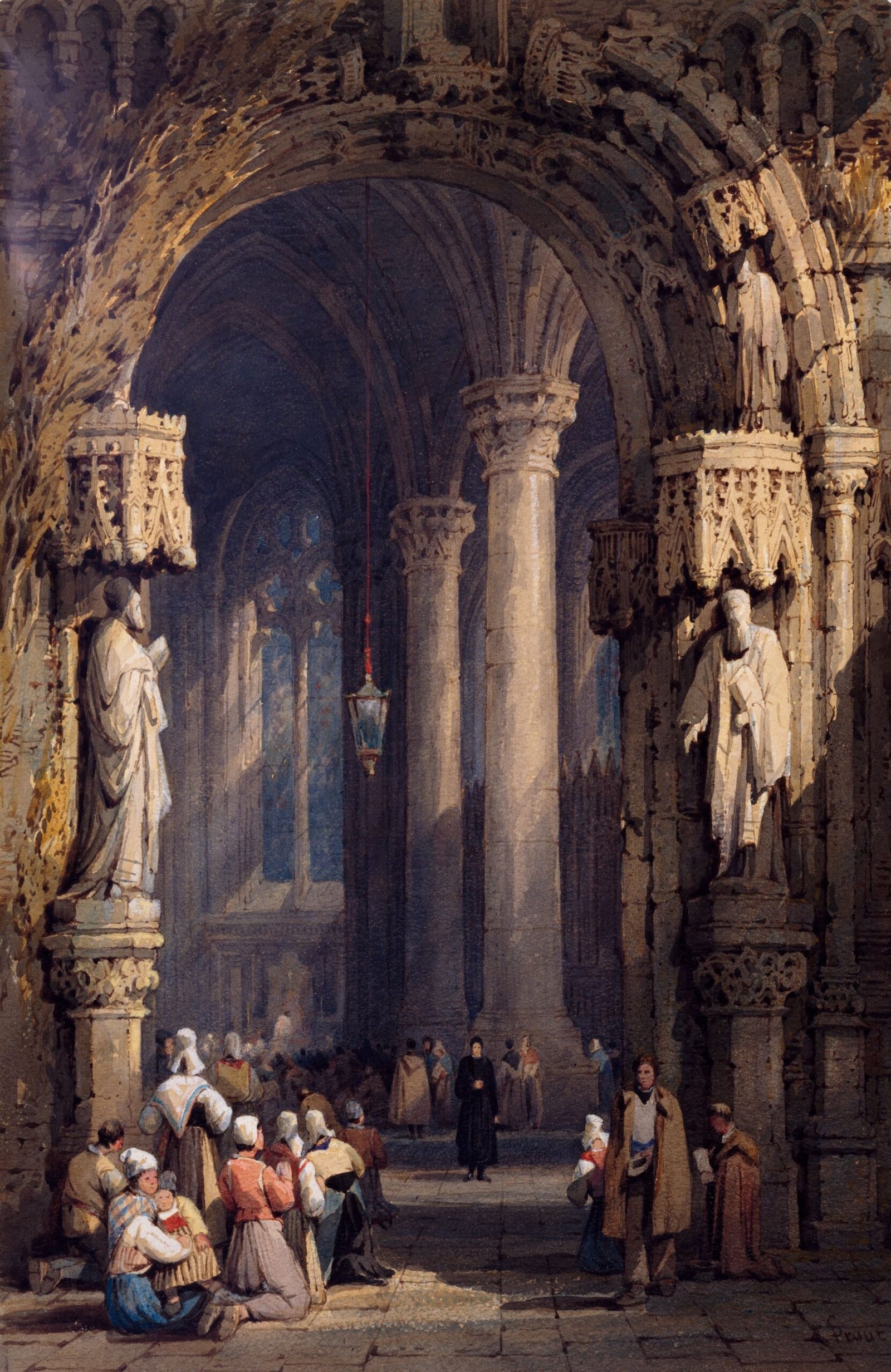
Overview
Exhibition at the Metropolitan Museum of Art
Welcome to “Africa & Byzantium,” the exciting new exhibition at the Metropolitan Museum of Art in New York. This groundbreaking exhibition challenges traditional notions of art history by shedding light on the often-overlooked influence of North Africa on Byzantine culture. Showcasing rare and beautiful objects such as painted books, textiles, and mosaics, this exhibition is a must-see for art enthusiasts and history buffs alike.
Exploring Connections
The relationship between Africa, Asia, and Europe
One of the key themes explored in this exhibition is the intricate relationship between Africa, Asia, and Europe in the development of Byzantine art. Through a careful analysis of artistic techniques, motifs, and materials, the exhibition reveals the rich cultural exchange that took place between these regions. By highlighting these connections, “Africa & Byzantium” offers a fresh perspective on the diverse influences that shaped Byzantine art.
Influence of North Africa on Byzantine art
Central to the narrative of the exhibition is the influence of North Africa on Byzantine art. North Africa served as a vibrant hub for cultural and intellectual exchange, and this exhibition presents compelling evidence of its impact on Byzantine aesthetics. From intricate patterns to symbolic representations, the artistic traditions of North Africa left an indelible mark on Byzantine art, challenging the notion of a monolithic and Eurocentric art history.
Cross-cultural exchanges in the development of art
“Africa & Byzantium” delves deep into the cross-cultural exchanges that played a pivotal role in the development of art. Through an exploration of trade routes, diplomatic relations, and migration patterns, the exhibition reveals how artistic ideas traveled across continents. By examining the cultural interplay between Africa, Asia, and Europe, this exhibition brings to light the interconnectedness of different artistic traditions, shattering the boundaries of conventional art historical narratives.
Depictions of Race and Religious Identity
Discussion on portrayal of race and religious identity
The exhibition sparks a thought-provoking discussion on the portrayal of race and religious identity in ancient art. Through a close examination of ancient artistic representations, visitors are encouraged to question the assumptions and biases that may have influenced such depictions. By confronting these complex themes, the exhibition invites us to reflect on our own perceptions of race and religious identity in contemporary society.
Examining ancient artistic representations
As visitors explore the exhibition, they will encounter a diverse range of artworks that offer insights into the various ways race and religious identity were depicted in ancient art. From mosaic portraits to painted icons, these artistic representations provide valuable historical context while inviting viewers to critically analyze the motivations behind them. By examining these artworks, “Africa & Byzantium” encourages a deeper understanding of the complex relationship between art, identity, and society.
Early Christian Icons from North Africa
Significance of early Christian icons
The exhibition proudly showcases a remarkable collection of early Christian icons from North Africa, shedding light on their significance in the history of art. These icons, some of which are among the oldest known examples, provide a tangible link to the early days of Christianity. By examining their iconography, symbolism, and stylistic features, visitors gain a deeper appreciation for the profound role of North Africa in the development of Christian art.
Uncovering North Africa’s contribution to early Christianity
By highlighting the presence of early Christian icons from North Africa, “Africa & Byzantium” aims to uncover the often-overlooked contributions of this region to early Christianity. These icons not only offer a glimpse into the religious practices of the time but also challenge the prevailing narrative of a solely European Christian tradition. Through careful curation and scholarly research, the exhibition seeks to rectify historical gaps and provide a more inclusive understanding of early Christian art.
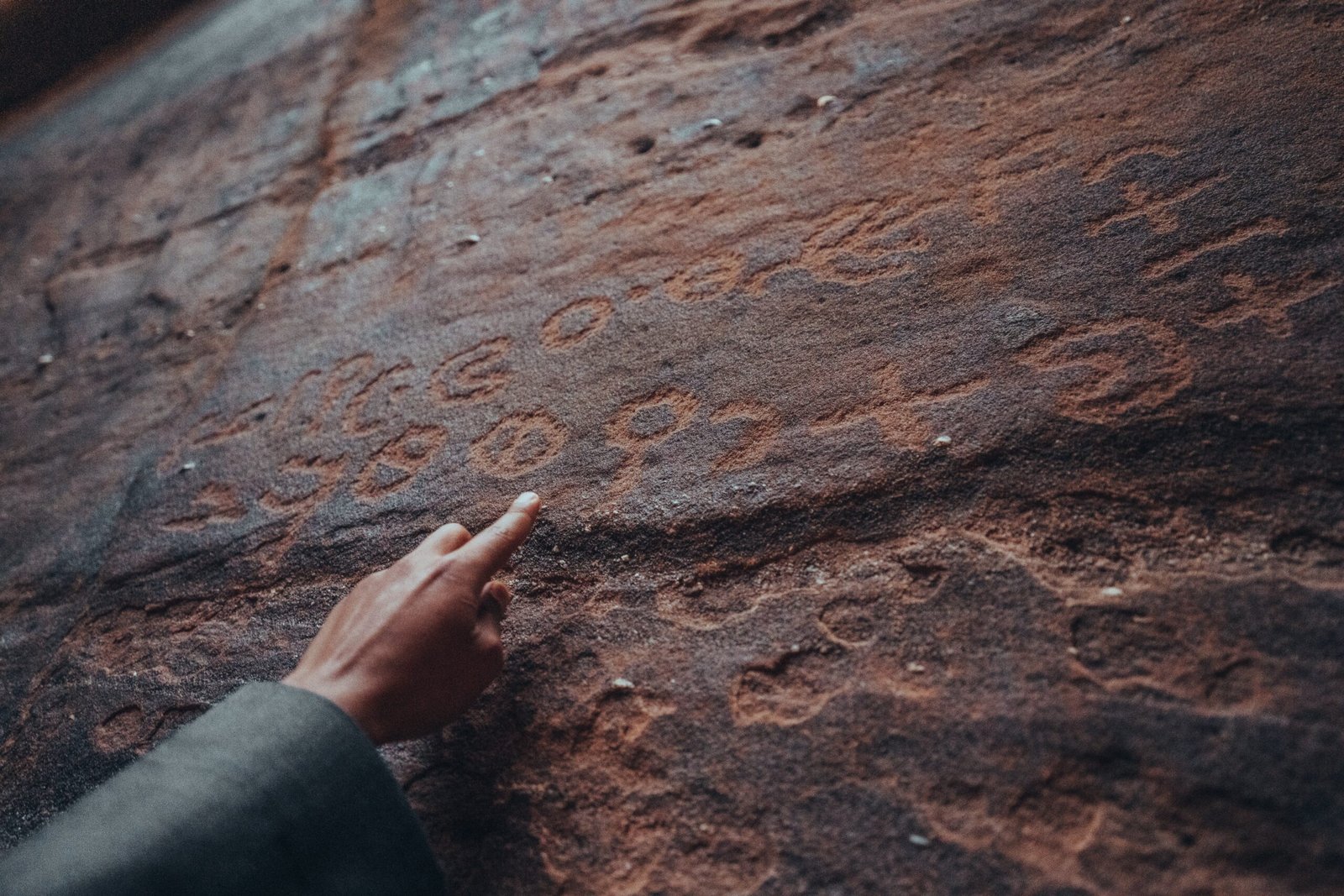
Expanding Art History
Redefining the canon of art history
As you navigate through the exhibition, you will witness the curators’ bold attempt to redefine the canon of art history. By shining a spotlight on the artistic contributions of North Africa, this exhibition challenges the longstanding Eurocentric bias in the field. By expanding the boundaries of what is considered “canonical,” “Africa & Byzantium” opens up new avenues for exploration and paves the way for a more inclusive and diverse understanding of art history.
Recognition of Africa’s cultural contributions
Through its comprehensive exploration of North Africa’s influence on Byzantine art, “Africa & Byzantium” seeks to recognize and celebrate Africa’s cultural contributions. By acknowledging the richness and diversity of African artistic traditions, this exhibition aims to rectify the historical oversight that has marginalized the continent’s contributions to the global art landscape. By honoring Africa’s cultural legacy, the exhibition promotes inclusivity and fosters a more holistic understanding of art history.
Dispelling myths and misconceptions
In addition to expanding the art historical canon, “Africa & Byzantium” also aims to dispel myths and misconceptions about Africa’s cultural contributions. By presenting tangible evidence of North Africa’s influence on Byzantine art, the exhibition challenges preconceived notions and exposes the limitations of prevailing narratives. Through a thoughtful and nuanced approach, the exhibition invites visitors to question long-held assumptions and encourages a more nuanced and accurate understanding of art history.
Themes and Motifs
Exploring recurring themes in Byzantine and African art
In this section of the exhibition, visitors are treated to a fascinating exploration of recurring themes in both Byzantine and African art. From depictions of religious figures to intricate geometrical patterns, the exhibition highlights the shared visual language that emerges when these two artistic traditions intersect. By juxtaposing artworks from these diverse cultures, “Africa & Byzantium” invites viewers to appreciate the universal themes that transcend geographic and cultural boundaries.
Influence of African motifs on Byzantine art
Throughout the exhibition, visitors will encounter striking examples of African motifs that permeated Byzantine art. From the use of animal symbolism to the incorporation of vibrant colors and patterns, the impact of African artistic traditions is unmistakable. By emphasizing these influences, “Africa & Byzantium” expands our understanding of the interconnectedness of artistic traditions and challenges the notion of a singular, isolated European art history.
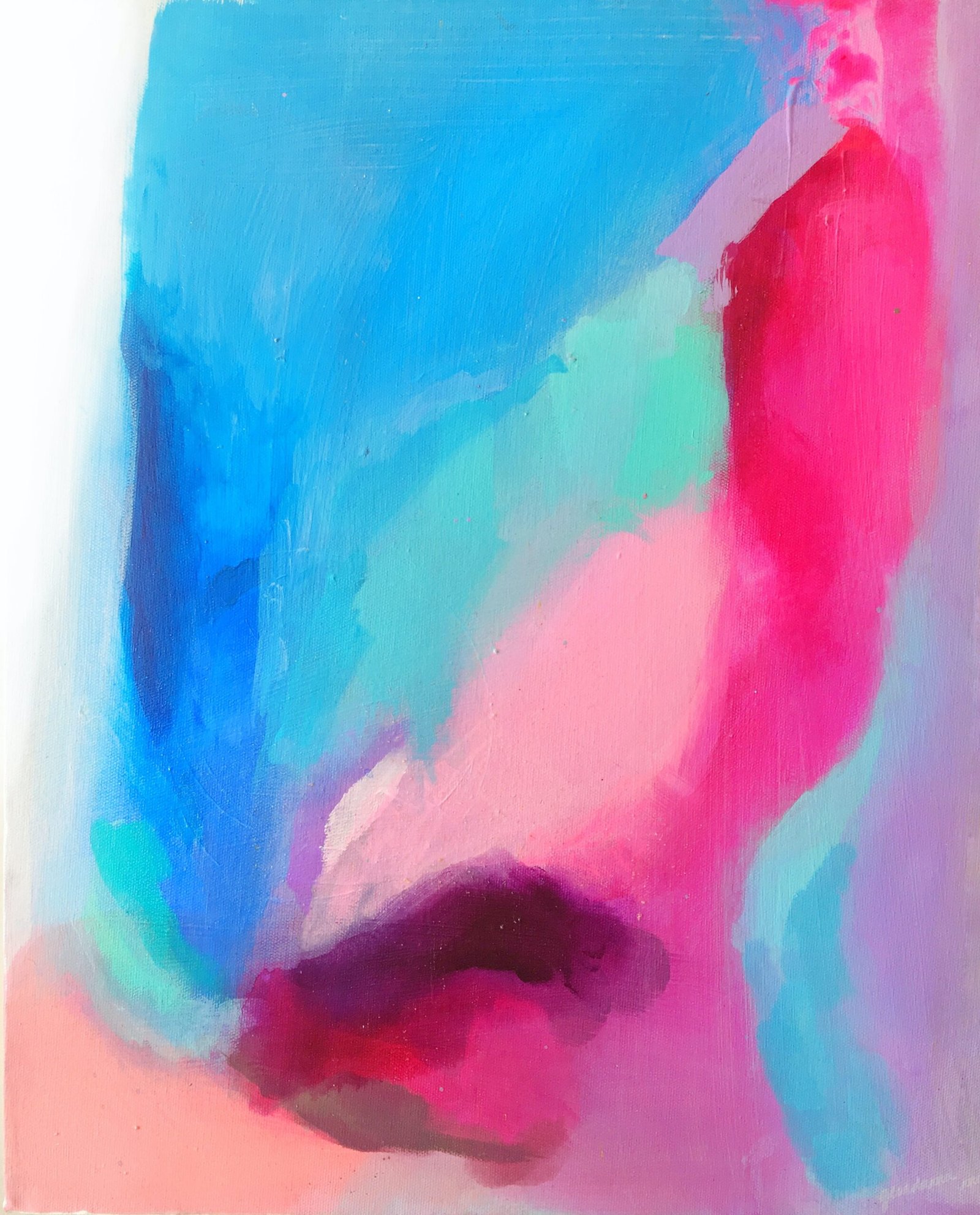
Techniques and Materials
Study of artistic techniques in Byzantine and African art
The exhibition provides a unique opportunity to delve into the study of artistic techniques employed in both Byzantine and African art. By closely examining brushwork, carving, and other techniques, visitors gain a deeper appreciation for the skill and craftsmanship involved in creating these masterpieces. Additionally, the exhibition offers a comparative analysis of technique, showcasing the intersection and exchange of artistic methods between Byzantine and African cultures.
Use of materials such as painted books, textiles, and mosaics
A highlight of the exhibition is the stunning display of diverse materials used in Byzantine and African art. From intricately painted books to elaborately woven textiles and meticulously crafted mosaics, these objects offer a glimpse into the rich material culture of both regions. By showcasing these varied mediums, “Africa & Byzantium” demonstrates the artistic versatility and ingenuity that flourished in Africa and Byzantium, challenging the notion of a hierarchy of artistic mediums.
Curatorial Approach
Research and curation process
The curatorial team behind “Africa & Byzantium” invested countless hours in meticulous research and curation to bring this groundbreaking exhibition to fruition. Collaborating with scholars, researchers, and art historians, the team tirelessly examined and contextualized each artwork, ensuring a comprehensive and accurate representation of the intricate connections between Africa and Byzantium. By adopting a meticulous and scholarly approach, the exhibition guarantees visitors a rich and engaging experience.
Selection of objects for the exhibition
The selection of objects for “Africa & Byzantium” was a painstaking process, guided by a commitment to presenting a diverse and representative collection. The curatorial team handpicked rare and beautiful objects that exemplify the artistic traditions and cultural exchanges between Africa and Byzantium. From iconic masterpieces to lesser-known gems, each object was carefully chosen to weave together a compelling narrative that challenges conventional art historical narratives.
Contextualizing artworks within historical and cultural frameworks
At the heart of the exhibition is the desire to contextualize artworks within their historical and cultural frameworks. Through detailed wall texts, audio guides, and interactive displays, “Africa & Byzantium” ensures that visitors have a comprehensive understanding of the time periods, regions, and artistic traditions in which each artwork was created. By providing this contextual information, the exhibition fosters a deeper appreciation and connection with the artworks on display.
Educational Programs
Lectures, workshops, and guided tours
Complementing the exhibition is an array of educational programs designed to engage the public with the fascinating world of “Africa & Byzantium.” From lectures by renowned scholars to hands-on workshops showcasing artistic techniques, these programs provide opportunities for visitors to delve deeper into the themes and concepts explored in the exhibition. Additionally, guided tours offer unique insights and perspectives, enriching the visitor experience and encouraging meaningful discussions.
Impact and Legacy
Influence of the exhibition on art history
The influence of “Africa & Byzantium” on art history cannot be overstated. By challenging traditional narratives and expanding the canon of art history, this exhibition opens up new possibilities for research and interpretation. Scholars and art historians worldwide will undoubtedly be inspired by the innovative curation and thought-provoking themes presented in the exhibition, leading to further exploration and reinterpretation of the artistic traditions of Africa and Byzantium.
Long-term effects of challenging traditional narratives
The long-term effects of challenging traditional narratives are substantial. “Africa & Byzantium” serves as a catalyst for reevaluating the prevailing Eurocentric bias in art history and fostering a more inclusive and diverse understanding of artistic traditions. By challenging long-held assumptions and perpetuating a more accurate and comprehensive narrative, this exhibition contributes to a broader cultural shift within the art world and beyond.
Inspiring further scholarly research
The impact of “Africa & Byzantium” extends beyond the duration of the exhibition itself. By raising new questions and highlighting previously overlooked connections, the exhibition provides fertile ground for further scholarly research. It is certain that the thought-provoking themes explored in “Africa & Byzantium” will inspire future generations of scholars to delve deeper into the intricate cultural exchanges between Africa and Byzantium, opening up new horizons of knowledge and understanding.

